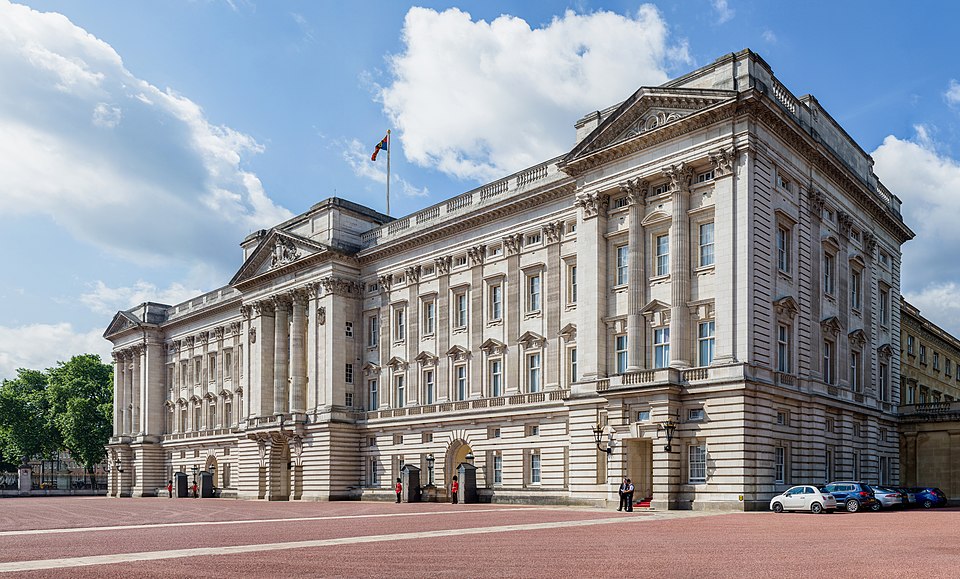£1.4M Fire‑Protection Upgrades at Buckingham Palace
According the Annual Report 2024-2025, the Buckingham Palace ongoing £369 million Reservicing Programme (2017–2027) is prioritising critical fire‑safety enhancements, marking significant milestones in heritage resilience.
In the period 2024-25, investments in fire safety were mainly aimed at:
- on fire compartmentation in the roof voids—integral to restricting fire spread within historic timber roof structures (£788,000 spent)
- to install vertical fire‑protection measures offering a 120-minute fire‑resistance barrier, preserving both structure and priceless interiors (£609,000 allocated).
These investments are of great interest because they demonstrate the importance given to less visible aspects of fire prevention in cultural and historical buildings that, perhaps because they are hidden, expose many buildings to the risk of loss. In particular, the attention paid to the protection and compartmentalization of the roof of the historical building is essential to guarantee its safety also in the future.
Fires that involve roofs, in fact, are difficult to extinguish and usually pave the way for very serious structural damage.
Equally hidden as a safety measure, but equally important, are vertical fire protection measures, which aim to prevent the spread of fire and smoke that could occur through vertical openings in buildings, such as stairwells, stairwells and atriums. This objective is typically achieved through various methods, including fire-resistant construction, automatic sprinkler systems and fire barriers, designed to compartmentalize spaces and limit the vertical spread of fire and smoke.
Some underlying reasons can be identified in the choices made:
- Precedent‑driven urgency: Memories of the 1992 Windsor Castle fire—with its loss of 115 rooms—underscore the necessity for proactive risk reduction.
- Bespoke conservation strategy: Integrating compartmentation and fire‑resistant vertical linings requires nuanced interventions to maintain historic fabric integrity.
- Focus on life‑cycle stewardship: These upgrades reflect a paradigm shift—addressing both “invisible” risks like fire and floods and tangible repairs within a stately, inhabited palace.
- Capacity building: Notably, the project incorporates apprenticeships—linking skills regeneration with heritage protection—a best practice example for sector-wide workforce development.
Buckingham Palace’s fire‑safety interventions, supported by Sovereign Grant funding, embody how major heritage assets can be future‑proofed without halting function or ceremonial life. These efforts set a benchmark for complex conservation projects combining technical rigor, heritage sensitivity, and educational enrichment.





